- Hippolyte Souverain, Paris 1842, 13,5x22cm, relié. - The rare first edition. Half caramel morocco, spine in five compartments, marbled pastedowns and endpapers, restored wrappers preserved, marbled edges. Foxed. With an important autograph inscription signed by Honoré de Balzac to his friend Laurent-Jan, to whom Vautrin was dedicated, and the model for Bixiou, Léon de Lora and several other characters in The Human Comedy. He was at the same time Balzac's best friend, trusted secretary, ghost writer and perhaps even. "beloved." ".the singular phenomenon of the inventor who moved, in 16th century Barcelona, a vessel by steam past three hundred thousand spectators; that today we have no idea what became of him, denies this rage. But I've guessed the why, and that is [the basis of] my Comedy" (letter to Mme Hanska). The Resources of Quinola is at the same time Scapin's Deceits and The Marriage of Figaro. Balzac's ambition from the 1840s up to his death was in essence to make a name for himself comparable to that of his illustrious predecessors. A hope as futile as it was abiding, he nonetheless never doubted his imminent success despite every setback. The author of The Human Comedy may well have thought that the principal source of humor in the work was the hero and his scathing repartee. For Balzac in fact knew this character, this fierce and eloquent harlequin, well - his name was Laurent-Jan and he was Balzac's most faithful friend in the last years of his life. Though most of their correspondence seems to have disappeared, it is thought that they met before 1835 (Albéric Second mentions a dinner in the rue Casini, where Balzac lived from 1829 to 1835). An eccentric and provocative character, Laurent-Jan had pride of place in the Bohemian life that Balzac led during these years, most notably with Léon Gozlan, Charles Lassailly, Paul Gavarni and Albéric Second, according to whom the writer "was slumming it both pleasurably and profitably" (Maurice Regard, Balzac et Laurent-Jan). All of them remained silent on the "excesses" of these tumultuous years, of which some eloquent traces have nonetheless come down to us in their correspondence; like the letter in which Balzac invites Gavarni to a soirée at Laurent-Jan's to "stretch a very well dressed chotepis a tad," signed "TicTac dit vit d'ours [TicTac, quick say bear]". Laurent-Jan was the principal organizer of these Balzacian orgies in his house at 23 rue des Martyrs, which inspired some scenes in The Human Comedy: "The seraglio, like the salon of a brothel, offered temptations for every eye and voluptuaries for every taste. There was a dancer naked under veils of silk, pretend-virgins who breathing sacral innocence, aristocratic beauties - proud and indolent, a pale and chaste Englishwoman, and young ladies starting conversations by establishing certain basic truths, such as: "Virtue we'll leave to the ugly and hunchbacked!" (cf. Hervé Manéglier, Les artistes au bordel, 1997). These crazy years coincided in Balzac's work with characters who were sexually ambivalent or clearly homosexual, like the androgynous Zambinella and Séraphita, Raphaël de Valentin, who had "a sort of effeminate grace," Louis Lambert "always gracious, like a woman in love," Lucien de Rubempré, and above all the character now considered the first homosexual in French literature: Vautrin. Seeing this particular interest for different sexualities evidenced in The Human Comedy between 1830 and 1836 (but not before or after, if Maurice Regard is to be believed), a number of commentators have been interested in Balzac's sexuality during this period, in which the author was 'with' almost all his young collaborators. Thus, S. J. Bérard and P. Citron raise the question of the surprising witticisms that run through Balzac's correspondence with his young "protégés." "You, who tell me to fuck myself.you've summed up my feelings about you perfectly - so come here, then, and get yourself fucked; and be quic
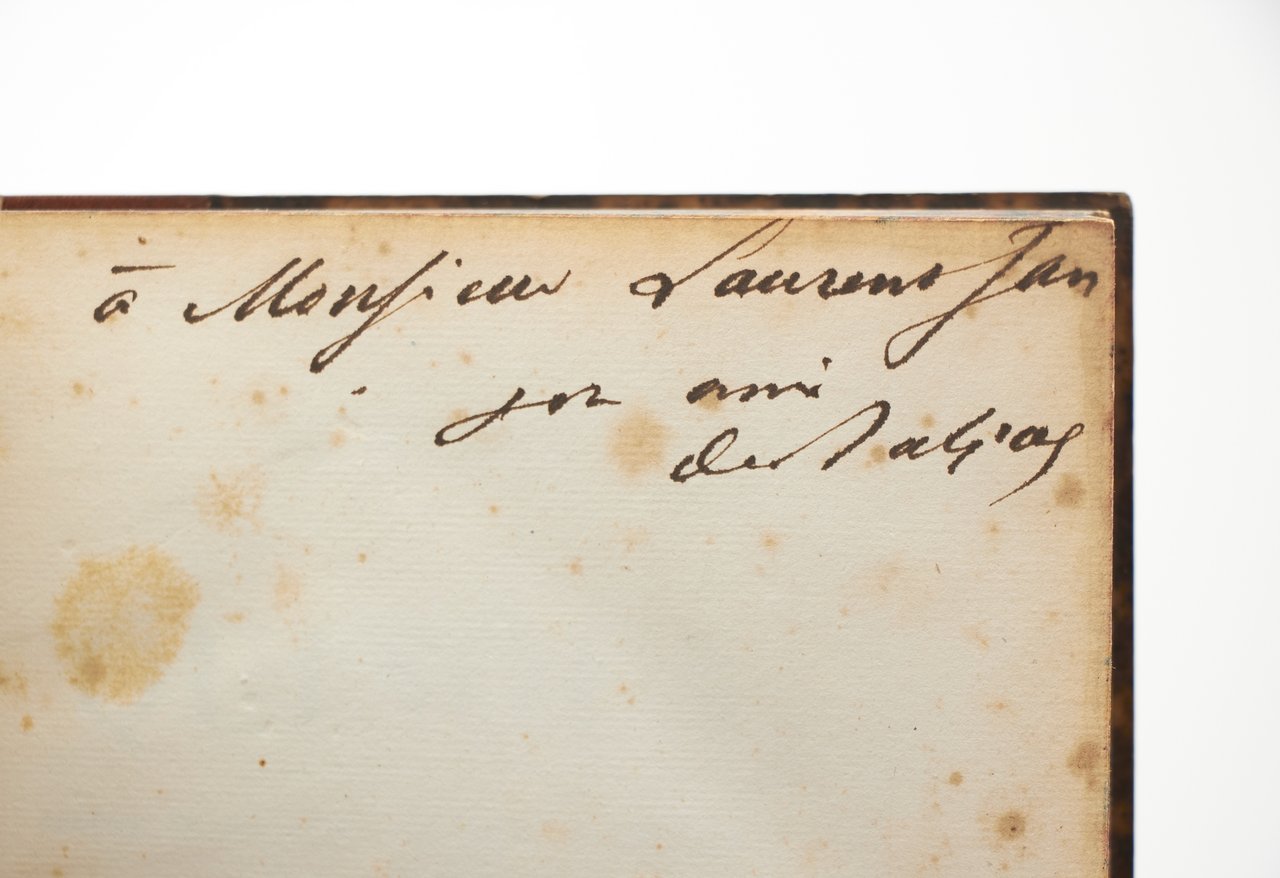
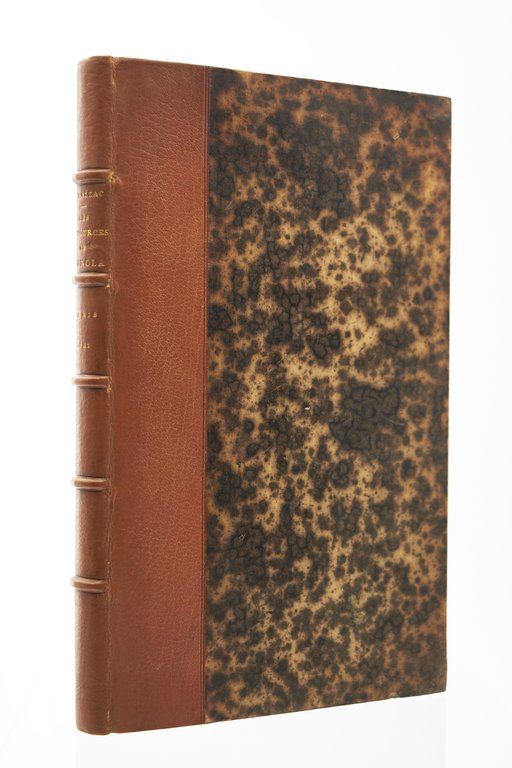
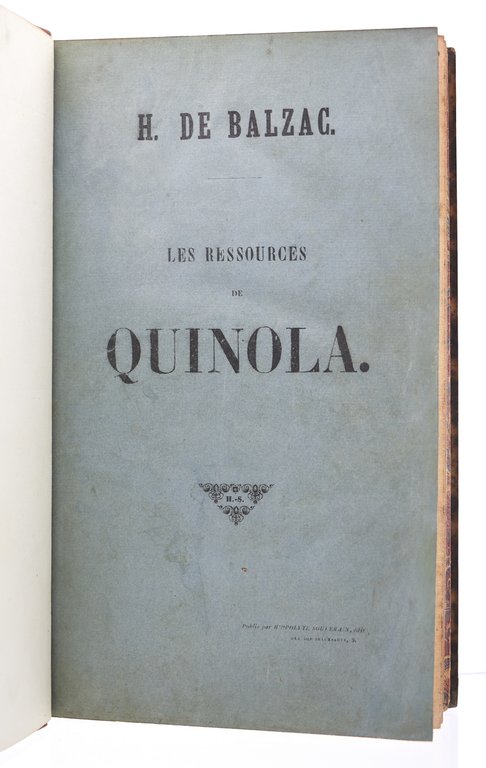
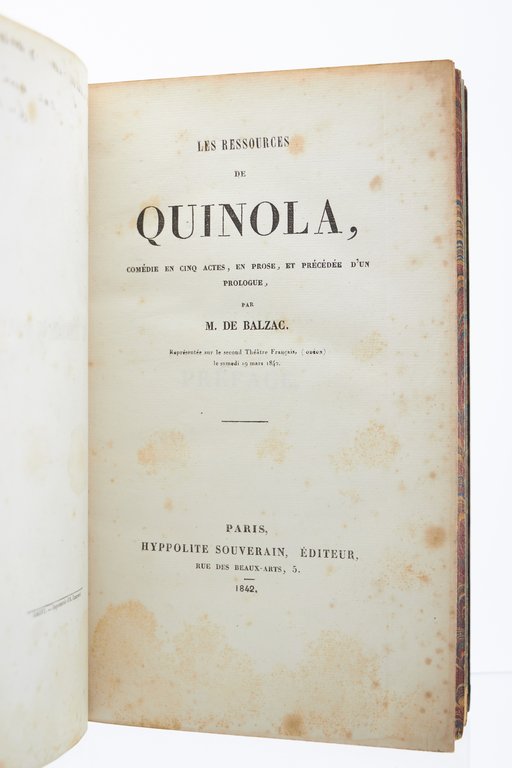
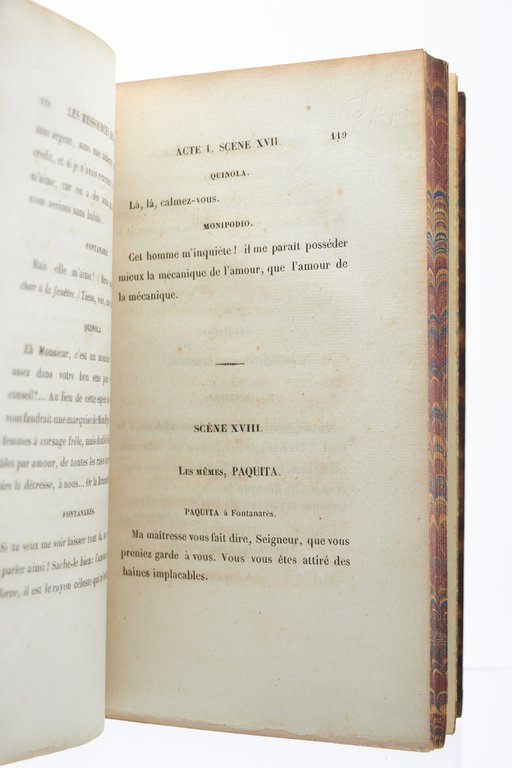
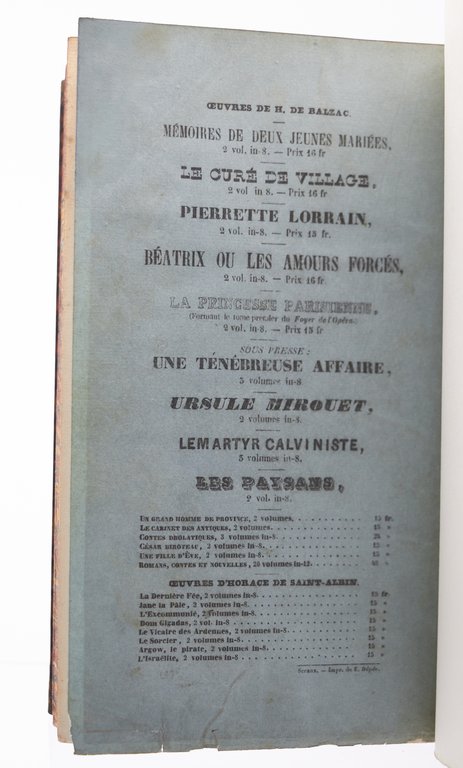
Find out how to use
Find out how to use
